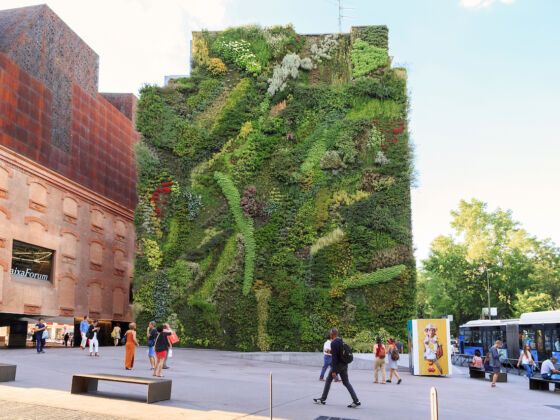In the face of often pessimistic news screens about leaking oil pipelines, clear-cut forests, and unsustainable farming, it’s nice to be reminded of neat things going on that actually improve the global environment.
Here are 10 innovative environmental initiatives underway around the world. Some are grandiose projects that push the limits of science and engineering, while others involve ordinary people doing things like riding bikes and buying local produce. Will they counter the dubious practices of companies like Monsanto and Suncor? No, but they are hopeful anyway.
